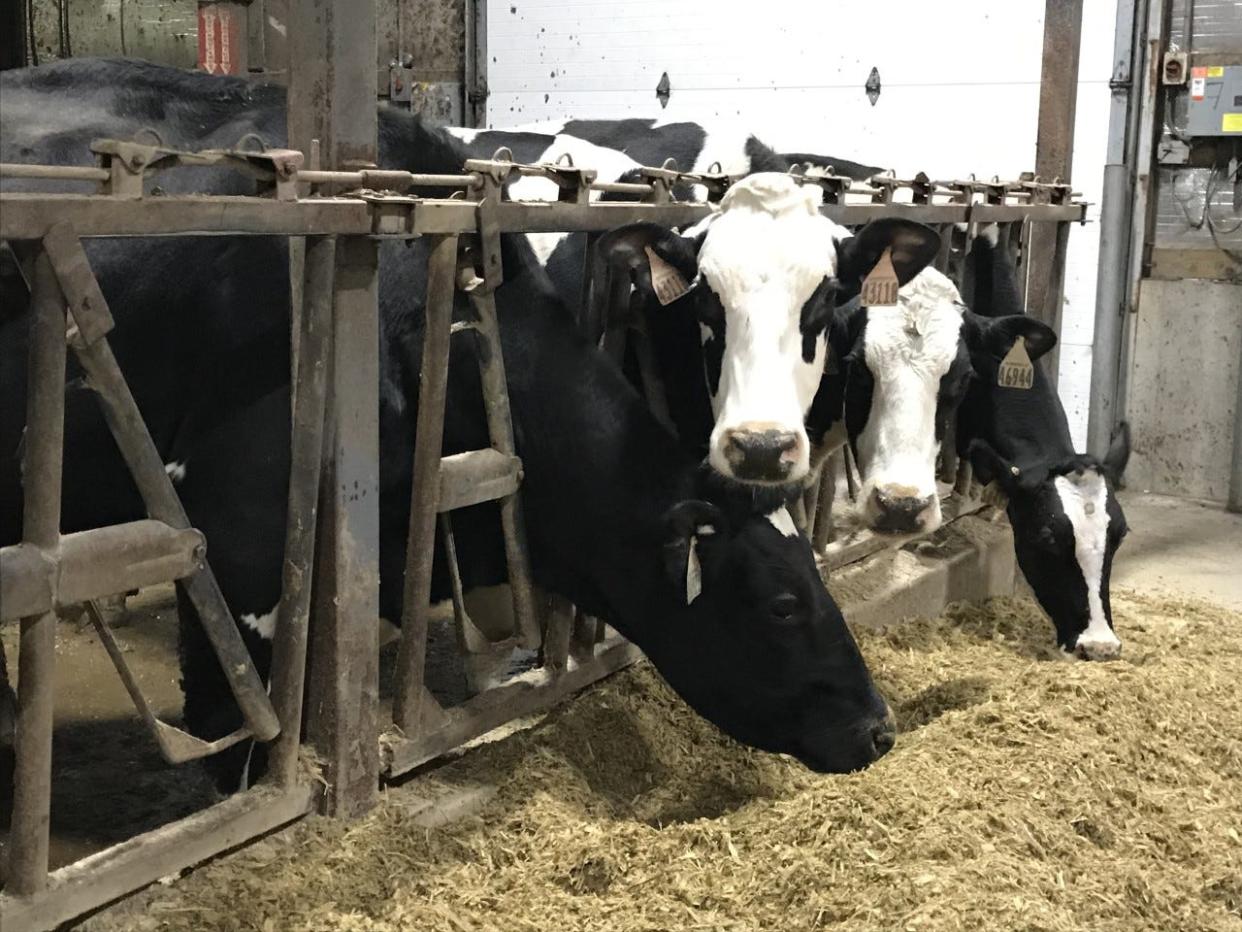Oregon livestock industry, agriculture department on high alert for bird flu in livestock

This story was updated at 3:35 p.m.
The Oregon Department of Agriculture is asking veterinarians and farmers to report any symptoms of avian influenza in livestock following detection of the highly contagious virus in milk from dairy cows in two states.
“ODA is focusing on getting information to veterinarians and producers, while we develop plans for how to respond if a case is reported in Oregon,” ODA spokeswoman Andrea Cantu-Schomus told the Statesman Journal.
As of Monday, the virus had been found in unpasteurized samples of milk from sick cows at two dairy farms in Kansas and one in Texas, plus a swab from a dairy cow in Texas, the U.S. Department of Agriculture announced in a news release. Herds in New Mexico, are awaiting test results.
Previously, in Minnesota, goats on a farm that had been impacted by avian influenza also tested positive for the virus.
Wild migratory birds are believed to be the source of the infection, the USDA wrote, and viral testing and epidemiologic efforts are continuing this week.
ODA sprang into action following confirmation of the virus in livestock, Cantu-Schomus said.
In the past few days, ODA staff participated in calls hosted by the U.S. Department of Agriculture and National Association of State Departments of Agriculture.
It organized and hosted a meeting with the Oregon Department of Fish and Wildlife, Oregon Health Authority, USDA Veterinary Services, USDA Wildlife Services and USDA Animal Care.
ODA staff have met with state dairy and beef associations and commissions, as well as the Oregon Farm Bureau, to reinforce biosecurity information.
And the department sent information to veterinarians and planned to host a webinar for them Tuesday to discuss the emerging disease situation, symptoms to watch for, how to report and sampling criteria.
Tammy Dennee, executive director of the Oregon Cattlemen’s Association, declined to comment, saying she was awaiting advice from the state veterinarian.
Tami Kerr, executive director of the Oregon Dairy Farmers Association, did not respond to an interview request.
Initial testing by the National Veterinary Services Laboratories has not found changes to the virus that would make it more transmissible to humans, the USDA said, which means the risk to the public contracting the virus remains low for now.
And at this stage, the USDA wrote, there is "no concern about the safety of the commercial milk supply or that this circumstance poses a risk to consumer health."
Last November, nearly 800,000 chickens at two Willamette Valley poultry operations were killed in response to the first avian influenza outbreak to hit Oregon's commercial poultry operations.
A controversial method, which opponents call “extremely cruel,” was used to destroy most of those birds. Ventilation shutdown plus heat, or VSD+, kills flocks by sealing off airflow in barns and pumping in heat until the animals die of heatstroke, which can take several hours.
Oregon is among five states that have used the method, according to the U.S. Department of Agriculture. Ventilation shutdown also has been used in Iowa, South Dakota, North Dakota and Utah.
USA Today contributed to this report.Tracy Loew covers the environment at the Statesman Journal. Send comments, questions and tips: tloew@statesmanjournal.com or 503-399-6779. Follow her on Twitter at @Tracy_Loew
This article originally appeared on Salem Statesman Journal: Oregon farmers, vets on high alert for bird flu in livestock

